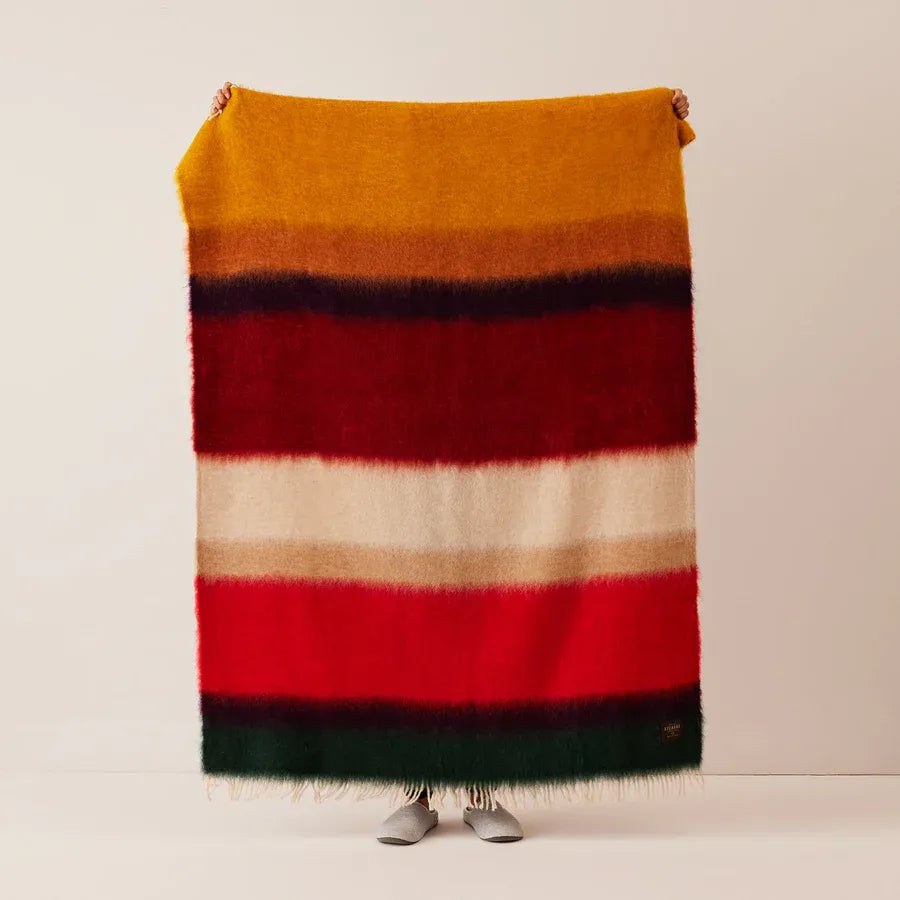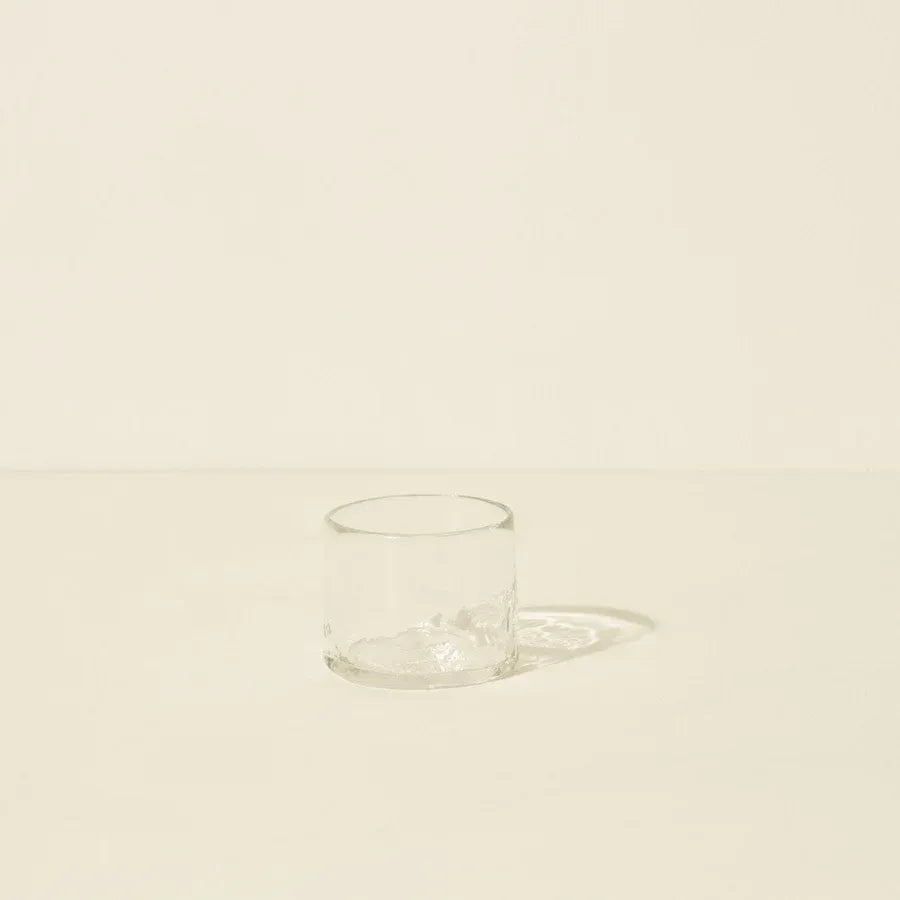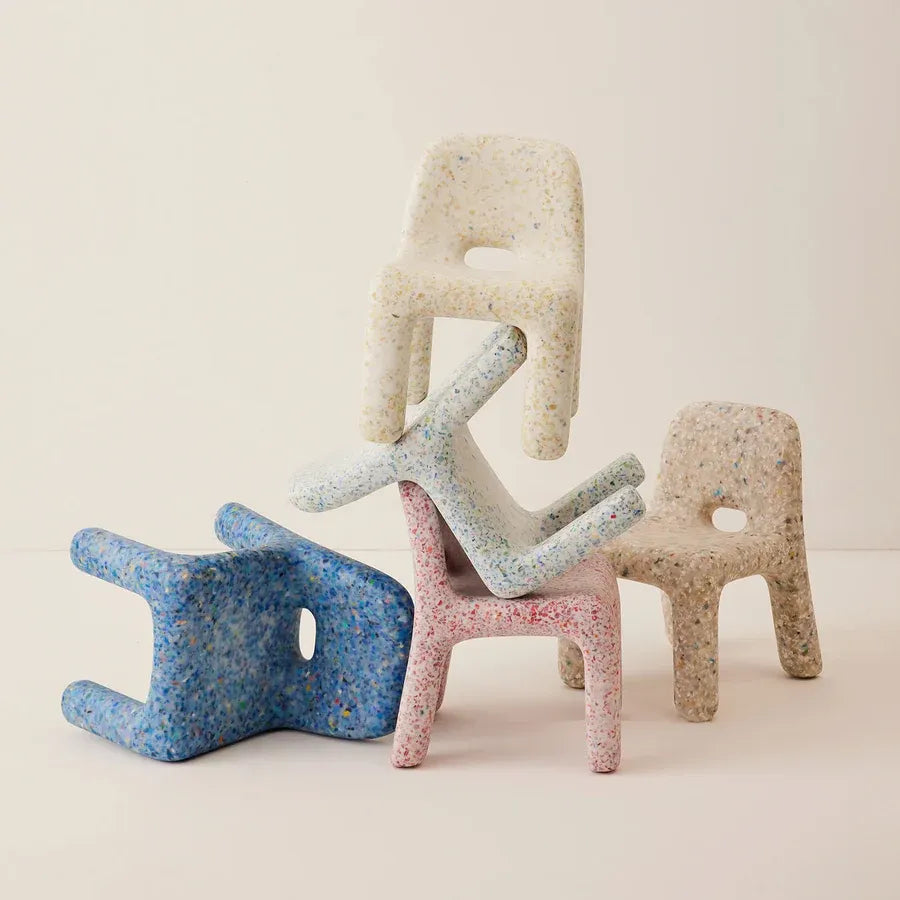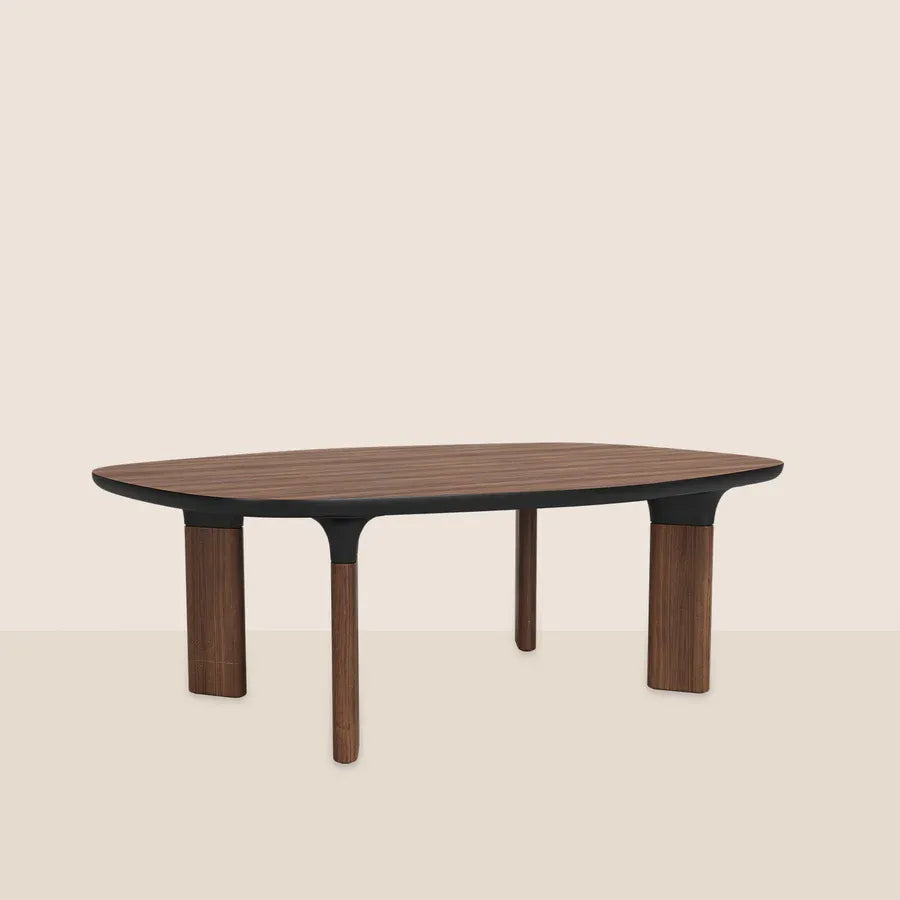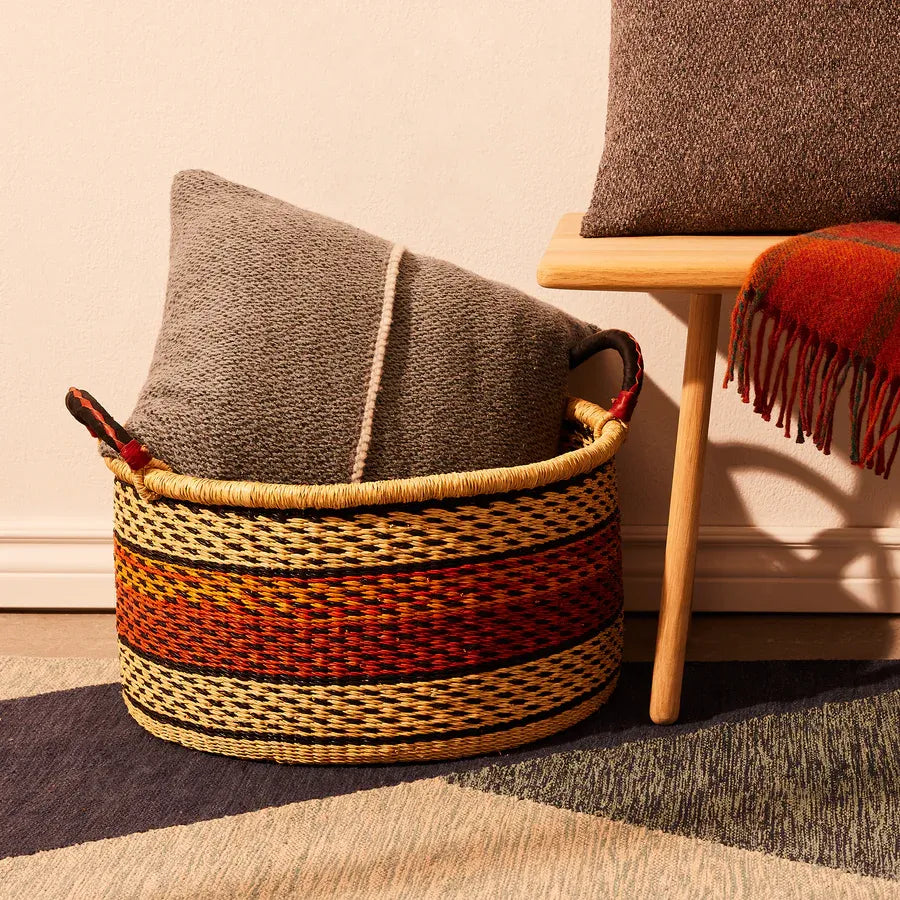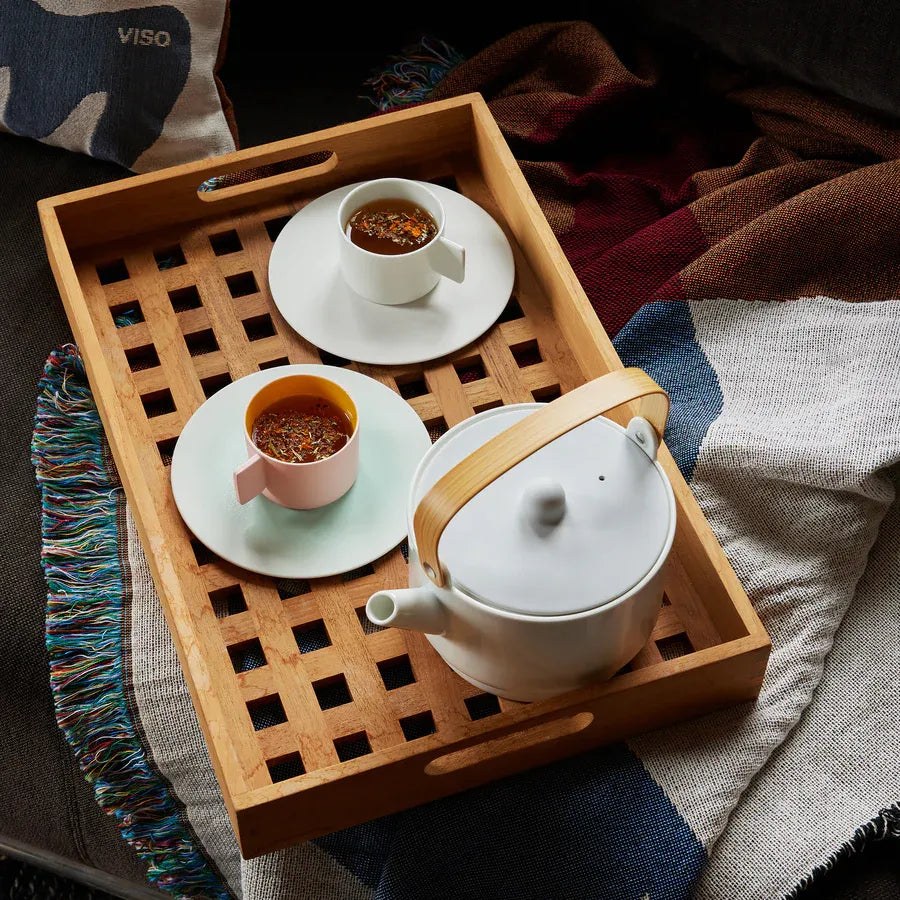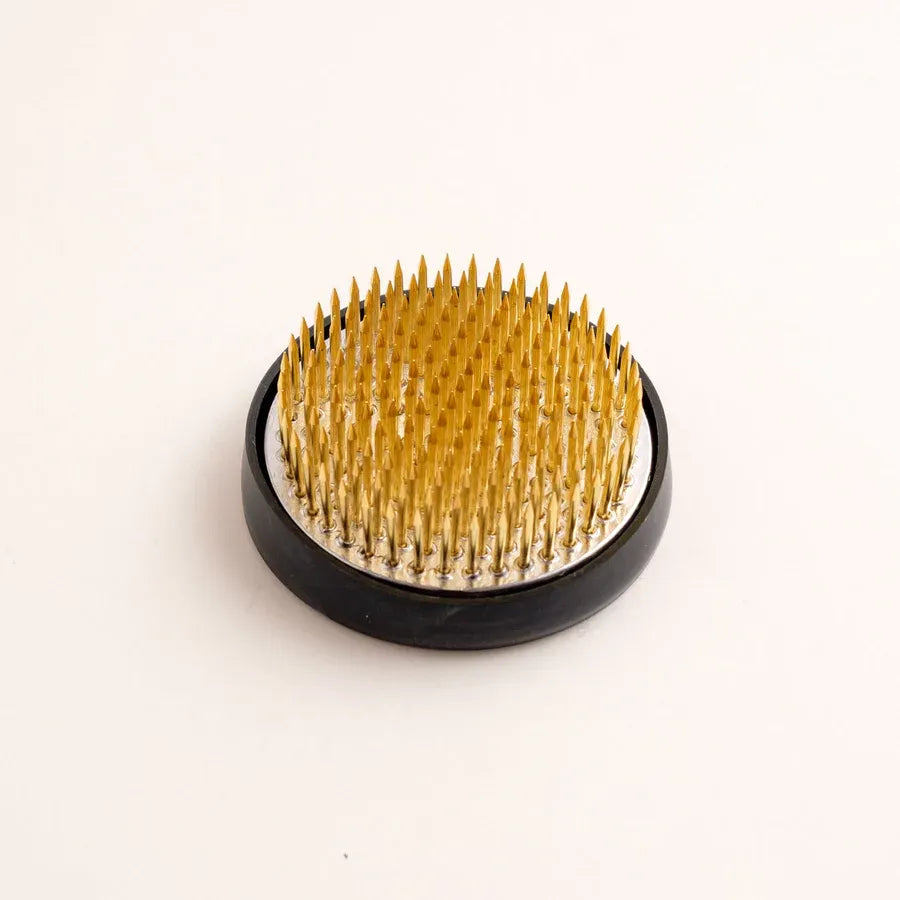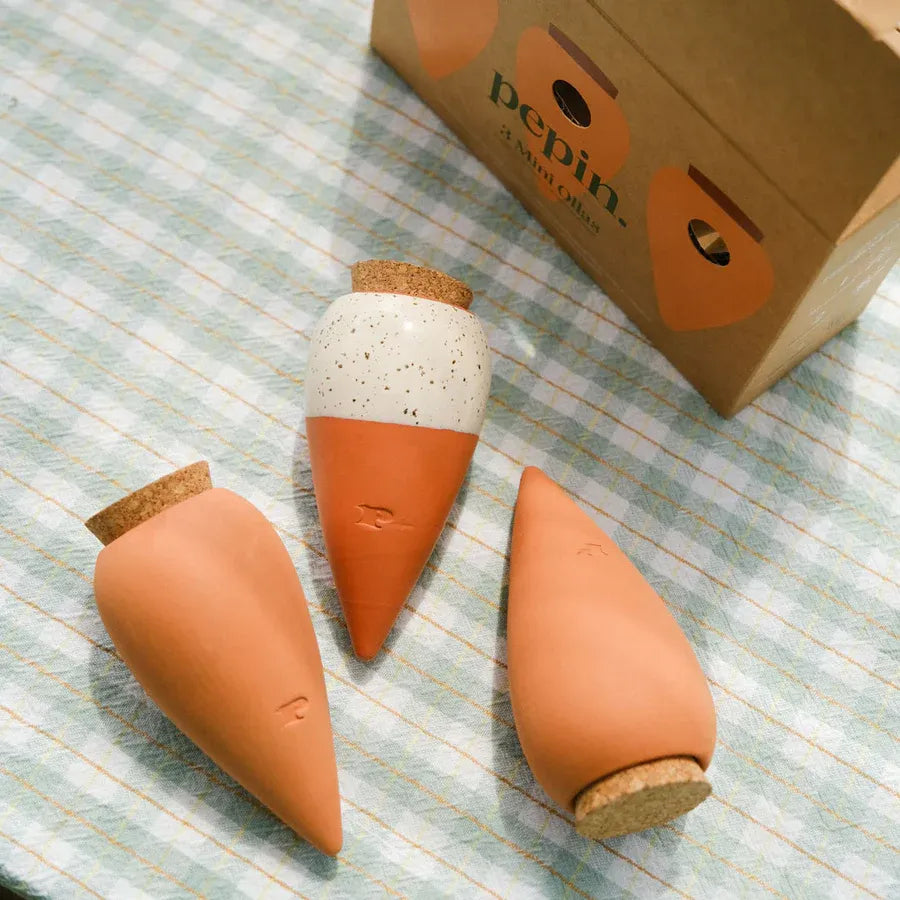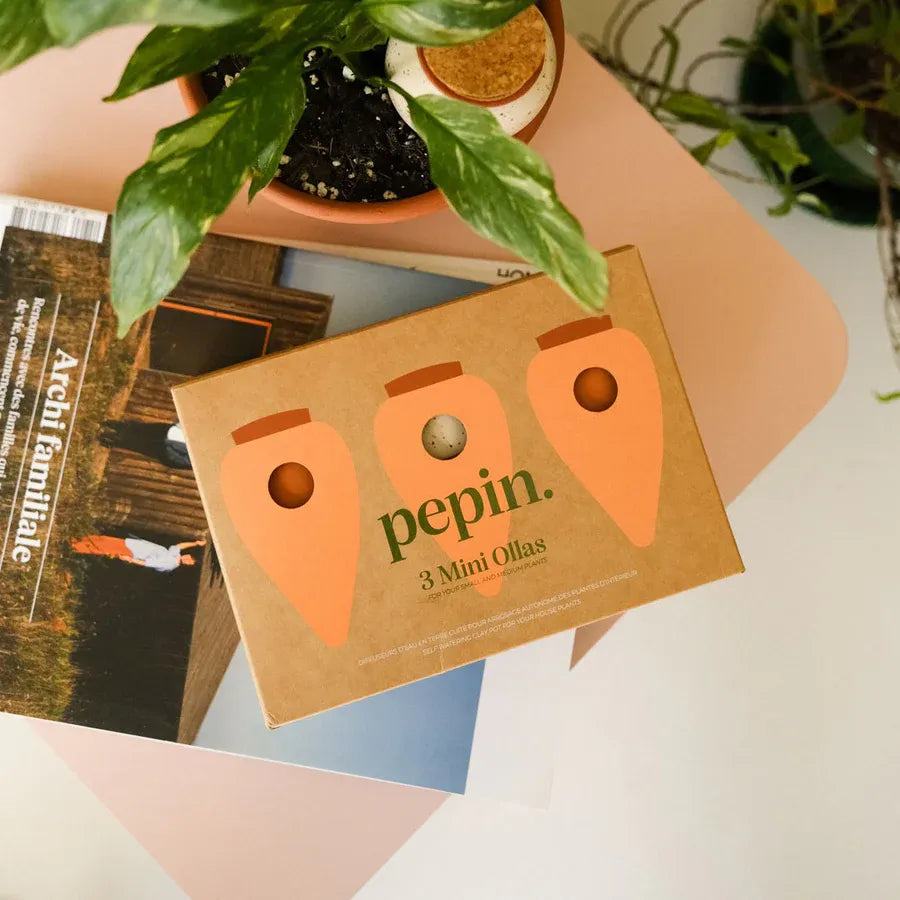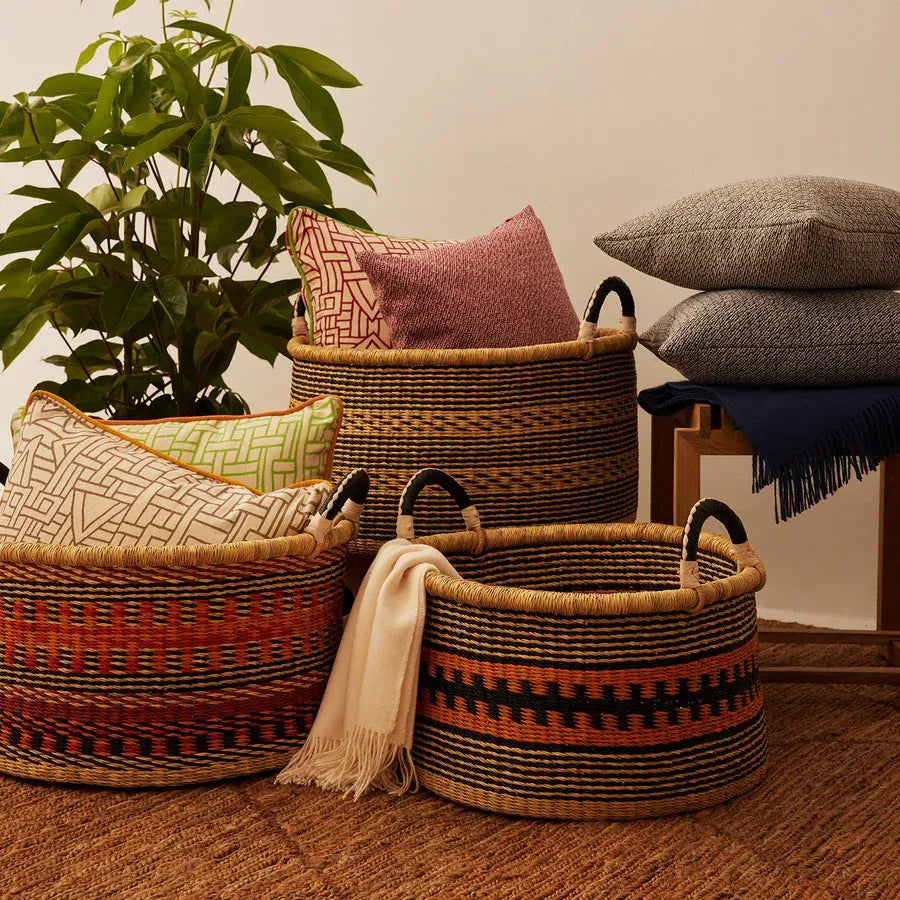
Make your home feel like you
Find home decor that fits your style—practical, beautiful, and made to last..
Shop new arrivals
- Dinnerware/
- Rugs/
- Wallpapers/
- Outdoor/
Matisse Throw
Small Tumbler, set of 2
Charlie Chair - Limited Edition
Palace 220
Analog Coffee Table
Short Basket - Small
Birch Peg Rail
Fionia Tray
Kenzan
Mini Ollas Self-Watering Pots, Set of 3
Matisse Throw
Small Tumbler, set of 2
Charlie Chair - Limited Edition
Palace 220
Analog Coffee Table
Short Basket - Small
Birch Peg Rail
Fionia Tray
Kenzan
Mini Ollas Self-Watering Pots, Set of 3
Matisse Throw
Small Tumbler, set of 2
Charlie Chair - Limited Edition
Palace 220
Analog Coffee Table
Short Basket - Small
Birch Peg Rail
Fionia Tray
Kenzan
Mini Ollas Self-Watering Pots, Set of 3
Matisse Throw
Small Tumbler, set of 2
Charlie Chair - Limited Edition
Palace 220
Analog Coffee Table
Short Basket - Small
Birch Peg Rail
Fionia Tray
Kenzan
Mini Ollas Self-Watering Pots, Set of 3
KOAYNA is a design studio, curator, and retailer dedicated to elevating everyday living through thoughtful design. Alongside our in-house product line, Koayna Collection, we offer a carefully curated selection of furniture, decor, and artworks from a diverse range of global creators.

Cherished moments with crafted pieces – up to 50% off!
Featured products
Matisse Throw
Small Tumbler, set of 2
Charlie Chair - Limited Edition
Palace 220
Analog Coffee Table
Short Basket - Small
Birch Peg Rail
Fionia Tray
Latest blog
Explore our most recent posts and dive into the world of cosmetics with us!
Excellent
based on 52,199 reviews

Alice Brown
22 May, 2025
Worth every penny!
The craftsmanship of these pieces is absolutely outstanding! Each item feels uniquely special and adds so much warmth and character to my home. I've received so many compliments from guests, and I couldn’t be happier with my purchase!

Emma Wilson
10 Oct, 2025
Absolutely stunning!
I was searching for high-quality, beautifully designed tableware, and these exceeded my expectations in every way. The attention to detail is remarkable, and they make every meal feel like a special occasion. Highly recommend!

Mark Davis
03 Mar, 2025
Perfect addition to my space
Absolutely in love with these handcrafted pieces! They bring an elegant, cozy touch to my dining table, and the quality is beyond amazing. The materials feel premium, and I can tell they will last for years to come.

David Carter
14 Apr, 2025
Exceeded my expectations!
From the design to the texture, everything about these pieces is just perfect. They effortlessly blend style and functionality, making every dining experience more enjoyable. I can't wait to add more to my collection!

Sarah Johnson
26 Sep, 2025
Elegant and functional design
Not only are these decor pieces stunning, but they’re also incredibly well-made and practical. They’ve completely transformed the look of my home, creating a warm and inviting atmosphere. Worth every penny!
Stay updated with us
Subscribe to our latest newsletter to get news about special discounts.

